
this mood board is a representation of how I want to portray my photos for this project as I want to show masculinity through women and I want to show femininity through males by making females doing stereotypically male things and vice versa.

this mood board is a representation of how I want to portray my photos for this project as I want to show masculinity through women and I want to show femininity through males by making females doing stereotypically male things and vice versa.
Masculinity
Mind map:

Mood Board through years:

Femininity
Mind map:

Mood board through years:
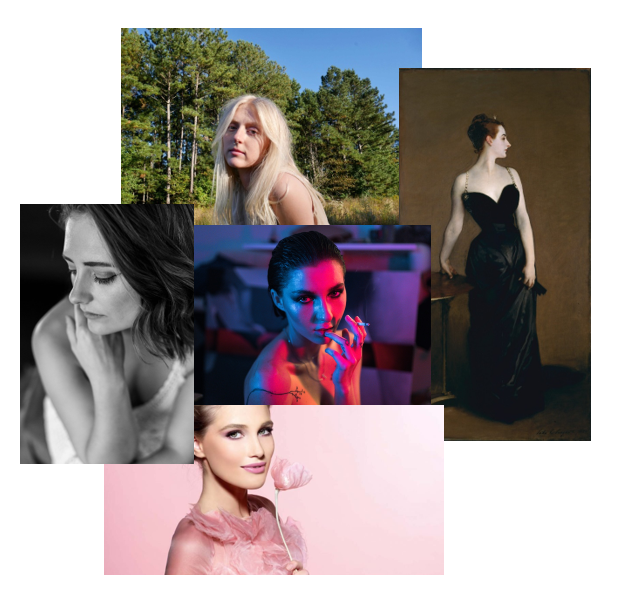
Photoshoot plan – inspired by Cindy Sherman’s ‘Untitled Film Stills’ (1977-1980)
My first idea for this photoshoot is to take photos of someone else inside or outside at night, which are inspired by the portraits Sherman took of herself in her series of photographs called ‘Untitled Film Stills’. In some of these photos she took, she is outside and is also seen wearing clothing which contrasts against the environment she is in, for example, wearing a white dress with either dark interior walls or a dark night sky. I could also invert these colours for more variety in my photographs. I am inspired by these photographs Sherman took because of how this contrast makes the subject stand out whilst within different locations and landscapes.




For my photos to not be too underexposed if taken in a dark environment, the shutter speed has to be slower, with an ISO of around 800-3200, this will also make the image more grainy, and appear more like Sherman’s photographs. I might also use flash in some photographs, which I will have to change these settings, for example, lowering the ISO to around 200-400. These photos by Cindy Sherman have been taken from a distance, where the subject takes up less space in the composition with a large depth of field, so I will use a small aperture.
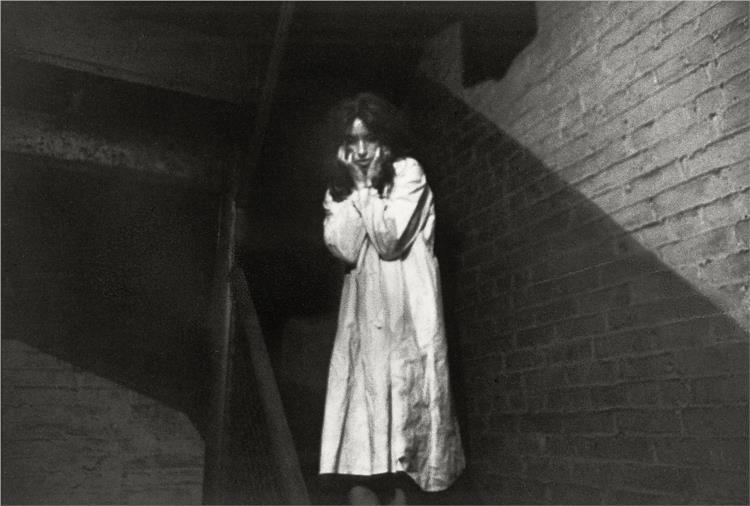

My second idea for this photoshoot is to take photos of someone else inside, either in a house or workplace, which are inspired by Cindy Sherman. I might also use some props for this photoshoot, for example, kitchenware or kitchen utensils within a typical kitchen setting, or equipment which is used within the job the who I am photographing works at. For clothing, the person I will be photographing could wear the attire which is usually worn at their workplace, which could depict how women are portrayed in media, as in Cindy Sherman’s case, she performed and challenged the different ways of how women are supposed to look and act to be considered typically female in film in the 1950s and 60s. She also exposes the artificially and culturally constructed idea of gender and femininity with her photos. For example, in Sherman’s photos where she is in the kitchen, she is often seen wearing an apron, which was prominent in films during that time.
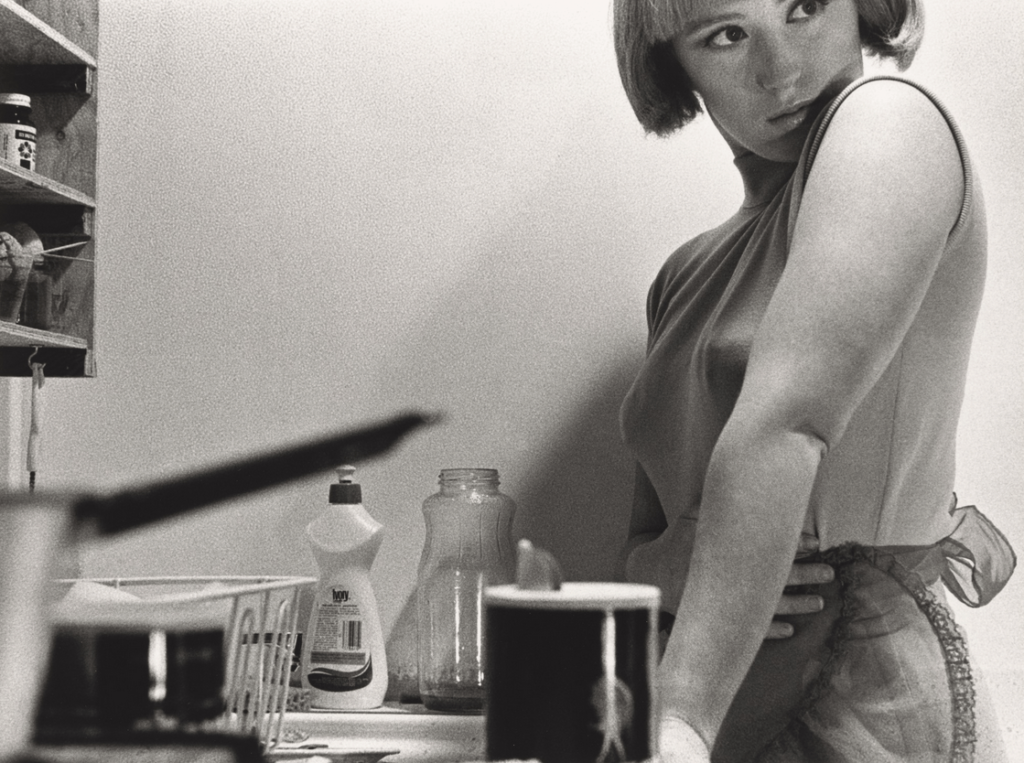
For this photoshoot my camera settings will be different from the first photoshoot plan because there is more lighting and the photos might have less dark values. The ISO will probably be around 100-400, the shutter speed wont have to be too fast since the subject wont be moving much, and the depth of field/aperture will differ depending on the location and composition.
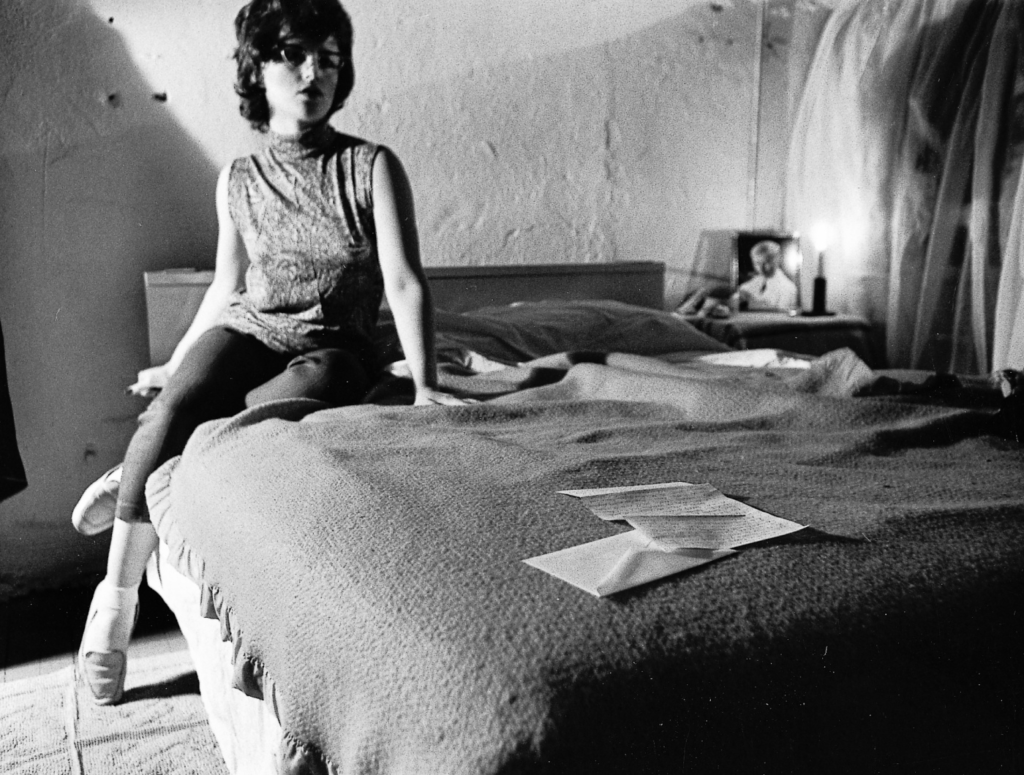
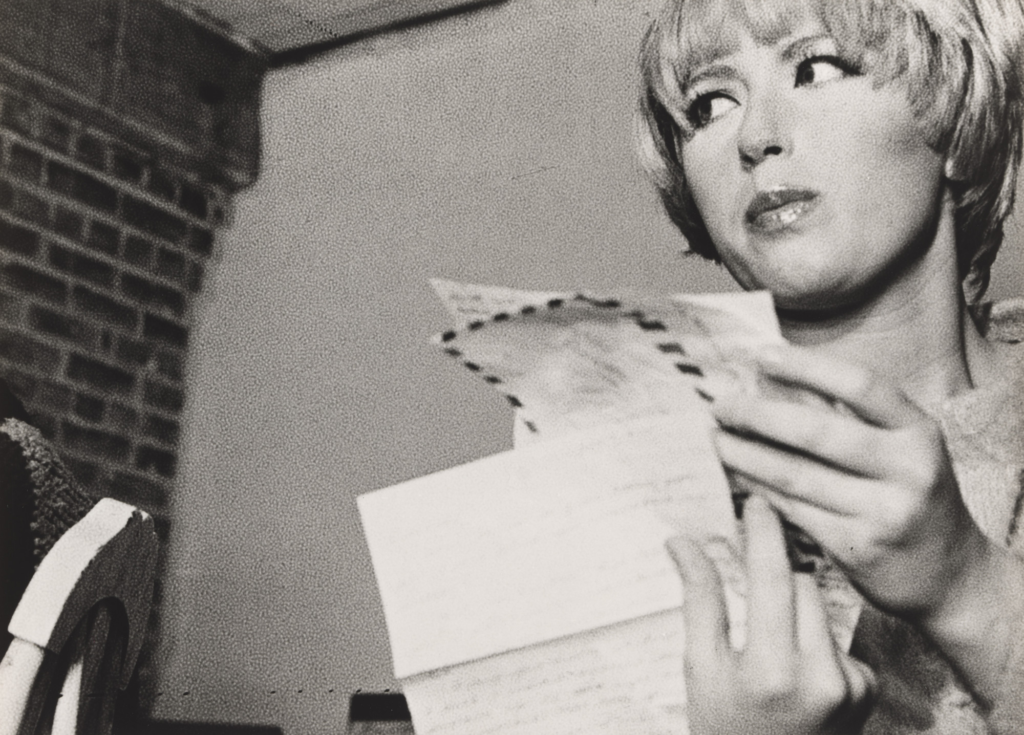
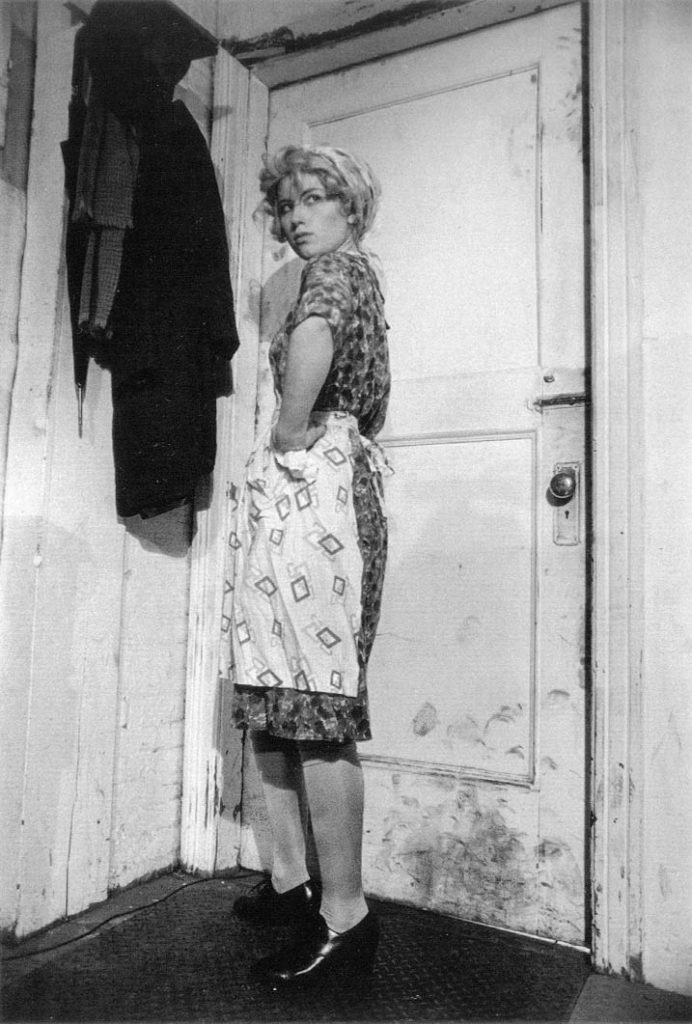
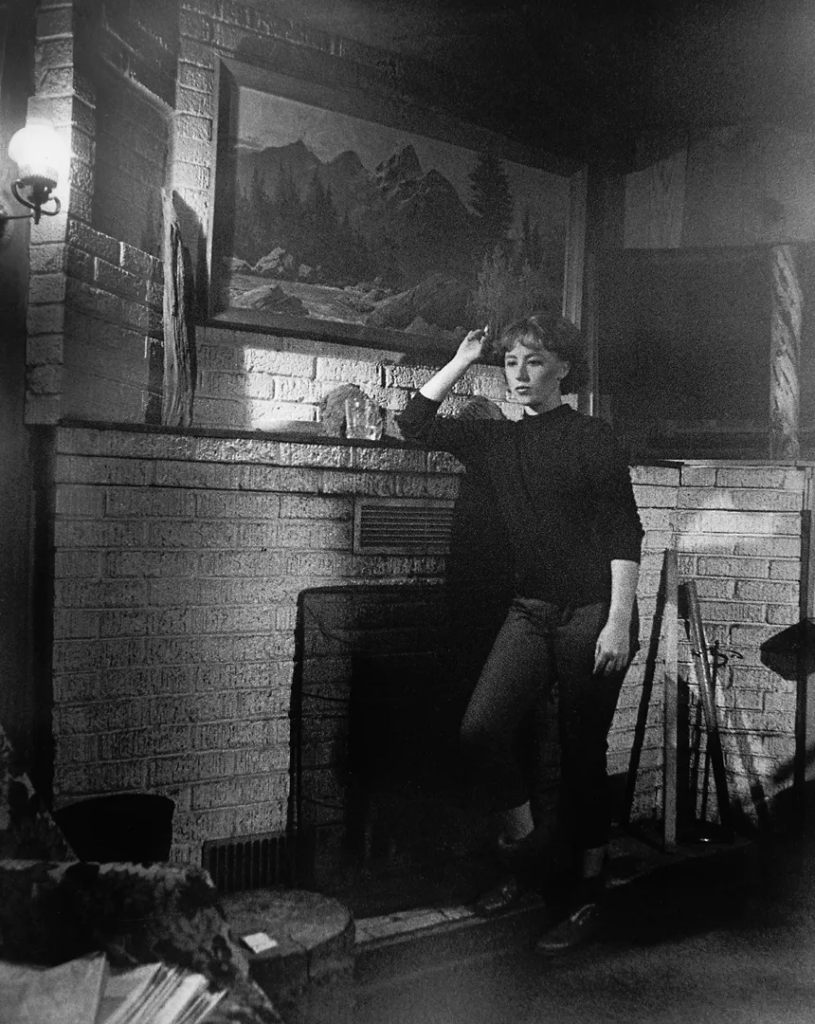
I will be using a Fujifilm digital camera to take these photos, which I feel will be able to replicate a similar look to Sherman’s photographs, using this camera I could also set the colour to greyscale, or change that during editing.
Hannah Altman
Altman is a Jewish-American photographer born in new Jersey but now living and working in Boston. Her work tends to portray folklore, linage, memory and narrative. Particularly known for her work with natural lighting and in cooperating aspects of Jewish culture. She actually began photography as a child to comment on her near-sightedness and throughout her life she continued into the photographer she is now, having many qualifications in photography. She mainly garnered attention when she posted her work as a 19 year old, using glitter to show bodily functions of a woman in a project called ‘and everything nice’ this quickly gained attention from many major magazine companies. Over time she has continued developing her style to the unique and noticeable style she has now. One of her more recent projects is ‘we will return to you’ (2023) which is a series of portraits using natural lighting and interesting poses to make the viewer ask questions and look deeper into the telling of Jewish culture.


I chose this photo as it is a good example of a particular project of Altman’s I like. The project (and everything nice) went viral over night on Tumblr when Altman posted it in February of 2015. As a young collage student (19) she took the photography world by storm. Not only the photography world was impressed but the rest of the world, this was a comment on the progress on how we talk about physical image and gender expectations. Unlike most photographers Altman chose not to pick ‘a best shot’ for this shoot and instead let the photos speak for themselves and create different equally important reactions for each viewer. This photo in particular sparks my interest as nosebleeds are part of everyday life for everyone no matter of gender, age etc. However I like how it’s suggesting that women are still expected to make everything glamorous even in things we can’t help. I think there is this idea still present now, though much reduced, that as women we need to be perfect all the time and everything we do needs to be feminine. I like how the photo is composed with a close frame cropping and centring the ‘nose bleed’ and by making it the focus, it forces the viewer to look at it which we all tend to flex away from and grimace at normally, however it is just part of life. The background is filled by the the rest of the model but is very out of focus. I also wonder if Altman also wanted to comment on the idea that women wear red lipstick when they want to be bold and feel confident in their looks and when society expects them to, like at a ball. It looks realistic as the glitter is messy and not a single line but a stream that goes down the models face and in her mouth and on the models nose.
photo shoot plan –
photoshoot 1:
For this photo shoot, I am planning to use a snowy area/background including flowers to show aspects of femininity while using mopeds and cars to bring a stereotypical masculine aspect as well.

photo shoot 2:
For this photo shoot I wanted to go into the studio to create unnatural shadows and also wanted to focus on the masculine aspect to get a variety of different photos.
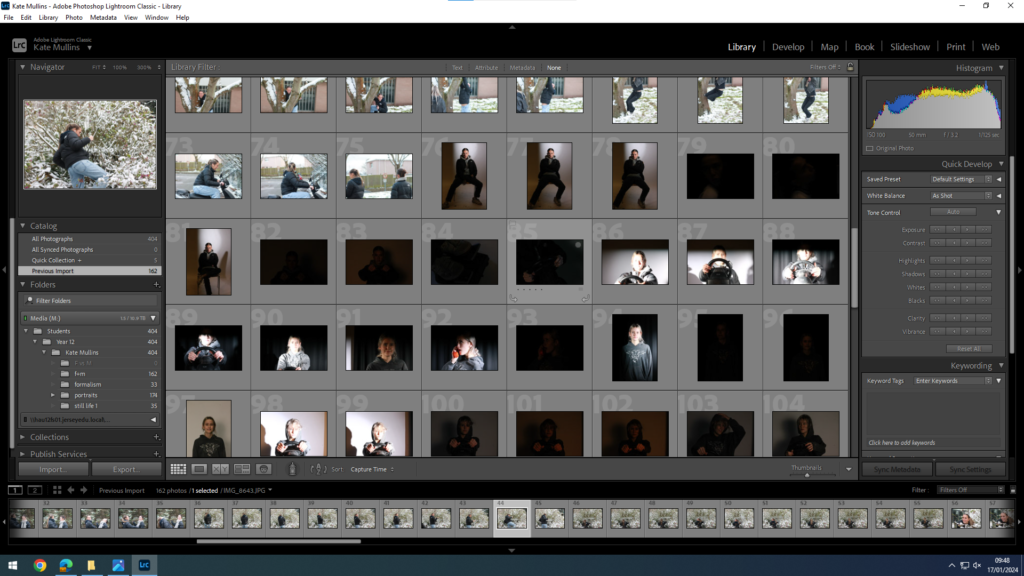
photo shoot 3:
This photo shoot was a bit different, I decided that I wanted to focus on the more physical aspect of femininity by using skin and body parts for the shoot. The inspiration for this shoot was perfume or product commercials where they usually use a lot of skin to show femininity in the products.
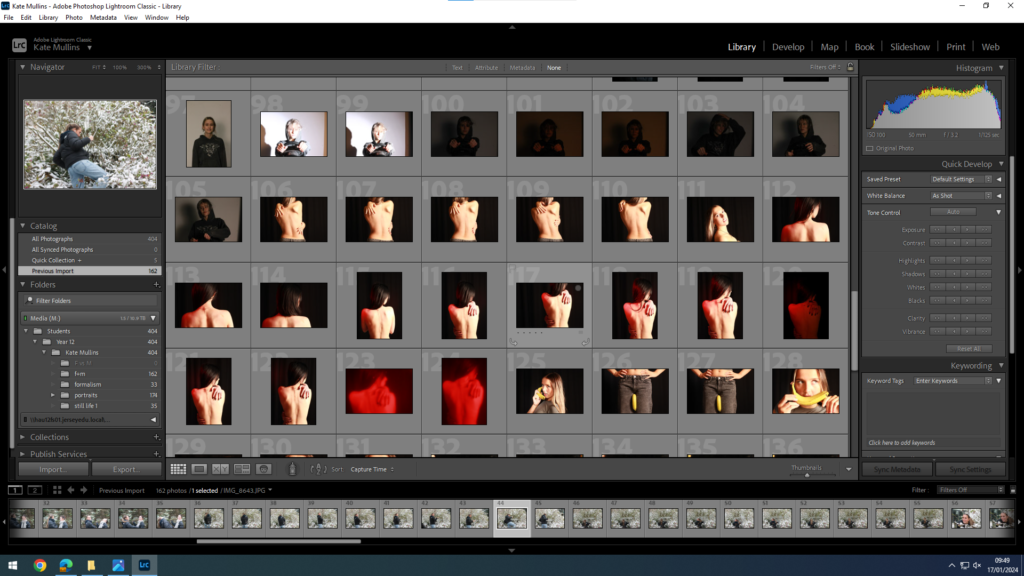
photo shoot 4:
For this shoot, I wanted to interpret fruit with it because fruit have a very prominent connection to femininity and masculinity.
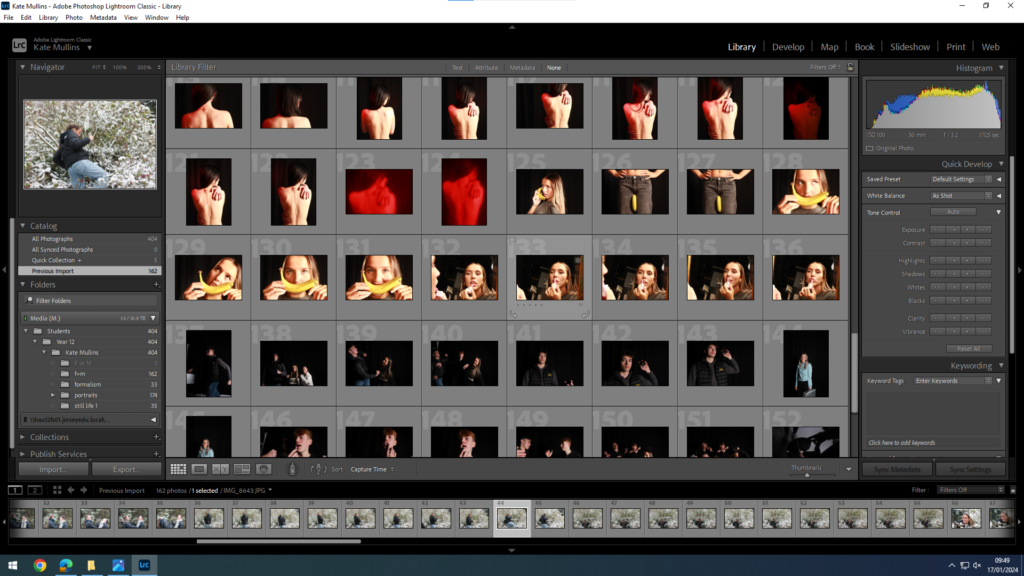
photo shoot 5:
For my last photo shoot I included some of the men in my lesson to help show masculinity a lot even though they ended up showing femininity a lot more.
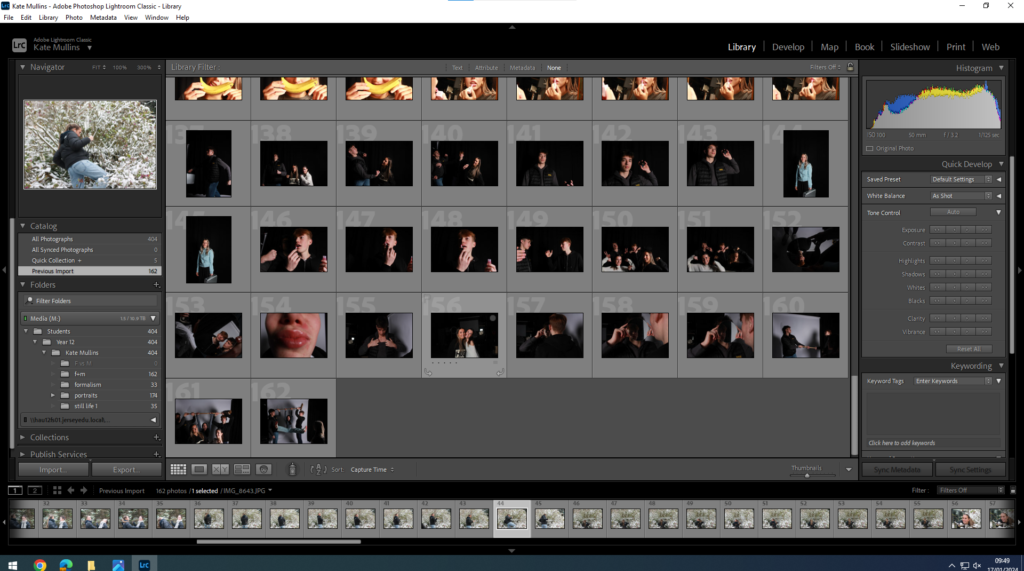
Contact sheet:
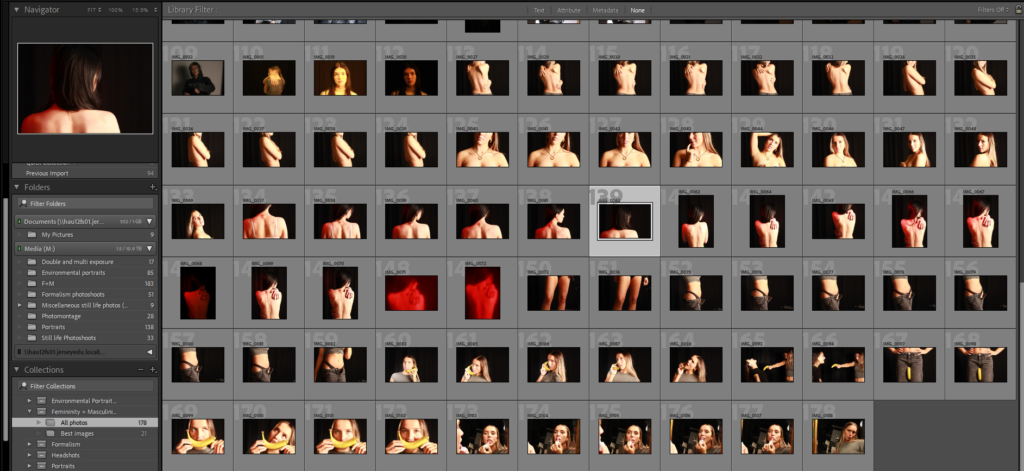
Femininity:
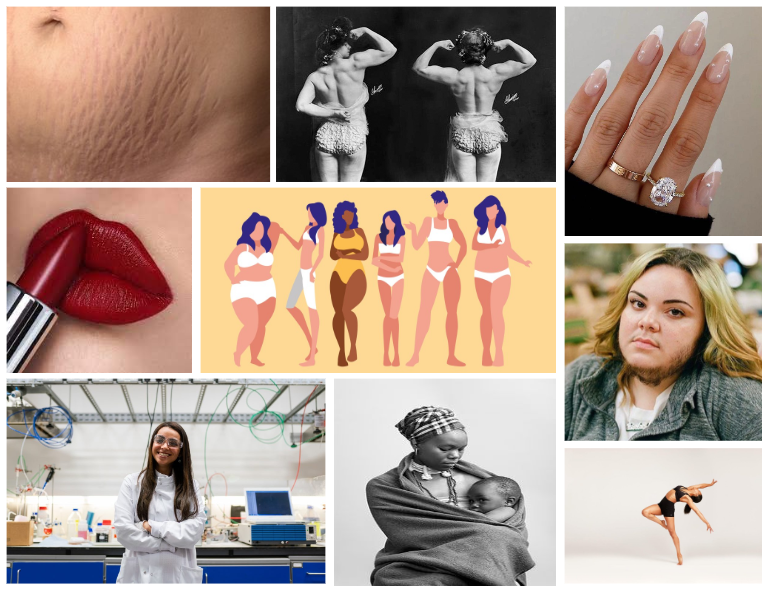
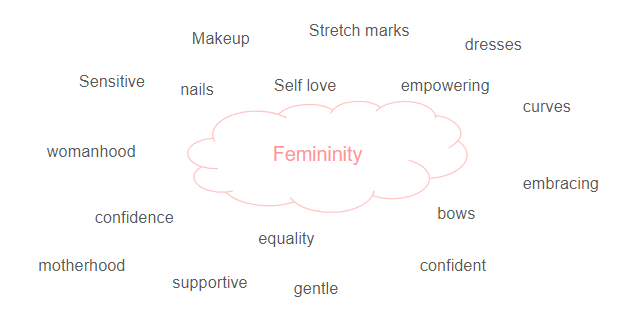
Masculinity:

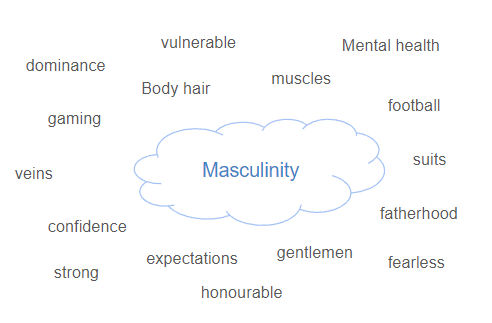
Femininity is described as: qualities or attributes regarded as characteristic of women or girls. Traits traditionally cited as feminine include gracefulness, gentleness, empathy, humility and sensitivity, though traits associated with femininity vary across societies and individuals, and are influenced by a variety of social and cultural factors.

Masculinity is described as: a set of attributes, behaviours, and roles associated with men and boys. Masculinity is constructed and defined socially, historically and politically, rather than being biologically driven. The understanding of masculinity varies across time and socio-cultural contexts, and within groups and networks; and men also ‘perform’ their masculinity differently and inconsistently.

Gender identity is a person’s innate sense of their gender. It is a person’s sense of being a woman, a man, both, neither, or anywhere along the gender spectrum. A person’s gender identity may be the same as or different from their birth-assigned sex.
Cultural identities are the distinct identities of people or groups in culture or subcultural categories and social groups. Categories that make up cultural identities include sexuality, gender, religion, ethnicity, social class, or geographical region.
Social identity refers to the ways that people’s self-concepts are based on their membership in social groups. Examples include sports teams, religions, nationalities, occupations, sexual orientation, ethnic groups, and gender.
Geographical identity is an individual or group’s sense of attachment to the country, region, city, or village in which they live.
Political identity is a form of social identity marking membership of certain groups that share a common struggle for a certain form of power. This can include identification with a political party, but also positions on specific political issues, nationalism, inter-ethnic relations or more abstract ideological themes.
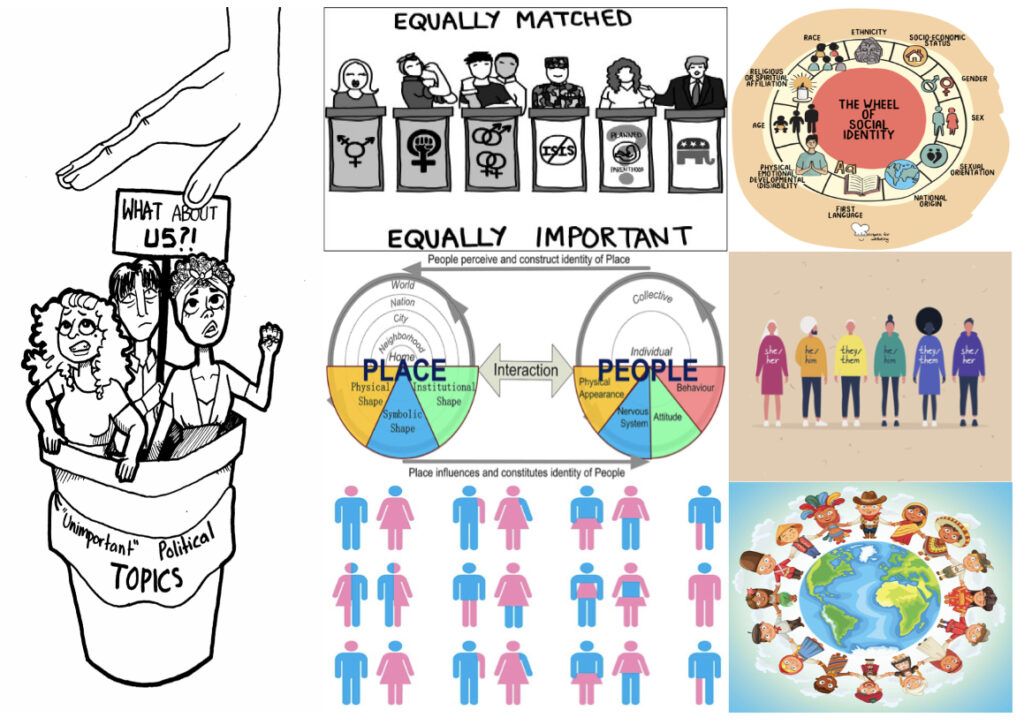
Identity can be influenced by many things such as: place, environment and upbringing.
Firstly, a person’s upbringing can influence their identity and how they view it as a whole for the better or the worse. For example, those who are bought up in a homophobic household or transphobic household may struggle with gender identity and consequently find it hard to express themselves later on in life as they have been surrounded by people who deem same sex relationships and trans people as ‘wrong’. This may lead to a person going through an internal battle in their head and trying to hide who they really are to the world in fear of being hated or judged. People may feel like they have to cover up who they really are in order to be accepted by society and therefore lose their sense of identity. Additionally, having a negative upbringing may also cause a person to act like those people and consequently be homophobic/ transphobic to other people as that is what they know as ‘right’. On the other hand, those who are bought up by parents who support lgbtq+ and trans people or are even same sex parents, their children are likely to be more acceptive of who they are and less likely to hide themselves from the world as they have been bought up in a setting in which they are encouraged to support and love everyone around them no matter what differences they may have. This can lead to an increased sense of identity. Lastly, upbringing can influence identity as those who are bought up with parents who have stereotypical ideas about the world eg same sex marriage is wrong, will then push those ideas onto their children causing them to believe this its wrong too. This may cause an internal war in the child’s head if they discover themselves to be attracted to the opposite sex etc as they would have been told their whole life how ‘bad’ it is and then feel ashamed to express how they feel to their family, resulting in them losing their sense of identity in order to fit in.

Furthermore, environment can also influence a person’s identity and ability to express themself. For example, those who are in an environment which consists of predominantly white supremacist groups may believe that they are not worthy of having their own identity and that they should conform to the opinion of those around them as that is what is considered the norm. These opinions form a divide between the different races and could cause those who live in those areas who are a different race to feel unworthy and unable to express themselves as they will be rejected and outcast from society. Whereas those who live in a supportive, multi race society are more likely to appreciate all races and will feel more comfortable in themselves to be able to express themselves however they want as they know they won’t be judged.
The ideas for my photoshoot are to create three different photoshoots and one of them will be using the same model the second one will be using different lighting techniques or different locations and the third will be using different colours on the photos.
The first photoshoot
The first photoshoot I’m going to do is different outfits but using the same model for all of my photos in Shoot 1 but changing up the pose for the different photos.
The second photoshoot
The second photoshoot I will do is using different lighting techniques on the face of the model and make the images into black and white so that the lighting technique stands out more and is more visible.


The third photoshoot
The third photoshoot I’m going to take will have different colours in them and I will have a coloured light behind the model so that it creates the coloured silhouette of the model and frames them in the photo.
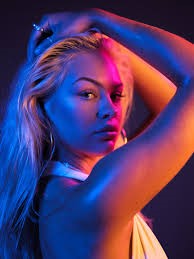


I also could get two coloured lights and put them on either side of where the model is standing so that there is a different colour on each side of the models face to get that multi coloured light effect on their face. The models face will be angled to different sides so that the models face will be framed at different points on their face by the different coloured lights.
What
A photoshoot inspired by Cindy Sherman’s photography but I’m going to do three separate Photoshoots on her style of photography.
Why
Because Cindy Sherman’s photography explores Femininity better than any of the other artist references and looks at all the stereotypes of women and what people thought of them.
How
I’m going to do the Photoshoot either at my house or in the studio to get the best lighting techniques. My other idea was to do the photoshoot at a friends house to get a different location for some of my photos.
Who
My photos will be of friends and some of my photos I will use myself as the model to get images that look more similar to Cindy Sherman’s as she used herself for her photos.
When
I’m going to do these three photoshoots this week and over the weekend and over the first few days of next week.
Where
I’m going to take these photos either at my house or at a friends house. Another possibility would be to go to locations that Cindy Sherman went to, to try and recreate some of her photos.
For my first photoshoot for the theme Femininity vs Masculinity, my aim is to take photographs of females and males, capturing the fine details of them. I will use different angles and have the main focus being close-up images.
My goal of the photographs is to be able to capture femininity and masculinity in a way that feels personal, hence the close up shots. I am also going to take photographs of objects that I feel could also represent femininity and masculinity alongside the portraits. When the photographs are all taken, I am going to experiment and see how much I like the object photographs and if I find they do fit in next to the close-ups as I imagine they would.
For this idea, I was slightly inspired by Nikita Pirogov’s work. Her work is based on comparing portraits with photographs of different scenery so to have an idea that links with my theme of masculinity and femininity, I am taking photos slightly different to what she has done but using the same sort of concept.